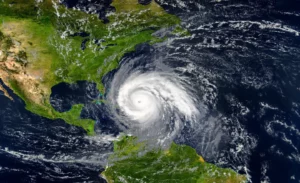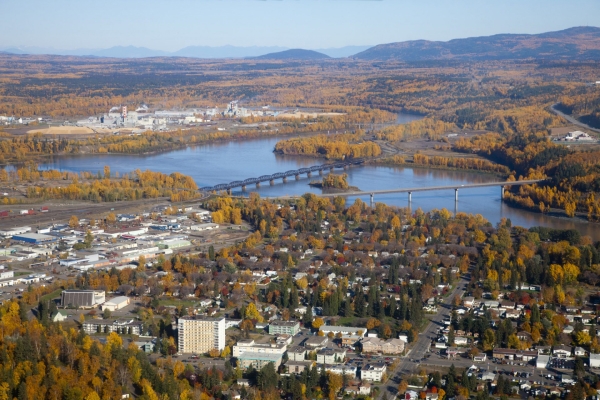A point of no return is more akin to a Rubicon point than a tipping point. In nature, tipping points are quite prevalent, but Rubicon points are uncommon. Scientifically speaking, it is inaccurate to mix together these terms.
A tipping point is the abrupt change in direction of a pattern. Say, for example, that it is 7:00 AM on a hot summer’s day. For hours, the temperature has remained constant at 10°C. Then, as the sun rises, so does the temperature. That’s the decisive moment.
The temperature continues to rise throughout the day, creating a new trend: rising. It’s 25°C by midday. Rivers and streams may soon boil if this continues. Oceans and lakes might come next. Thus, that tipping point at dawn may represent a turning point beyond which things can revert to their previous state, thereby creating a major issue.
The sun rises to its zenith in the sky. For a while, the temperature doesn’t increase and remains constant. Another moment of stability, which relieves us! Perhaps everything will work out OK.
The temperature begins to decrease as soon as the sun sets, mirroring its earlier rise. This is another watershed moment; the heat is now dissipating. It’s cold by midnight, 10°C. In a few days, the entire world might freeze solid if this continues. It seems ominous, akin to a coming cold age! We have no hope! However, after that, the temperature stops falling and continues to remain at 10°C for a time. It’s another instance of things becoming calm.
 There are always cycles like this one. It’s nothing new to us on a late summer day. Nobody becomes very anxious. We do not attribute the 15 degrees Celsius of temperature variations to human activity, such as burning fossil fuels. When winter arrives and everything freezes, we don’t freak out. And we also don’t freak out about global warming in the spring when the weather gets warmer and the snow melts.
There are always cycles like this one. It’s nothing new to us on a late summer day. Nobody becomes very anxious. We do not attribute the 15 degrees Celsius of temperature variations to human activity, such as burning fossil fuels. When winter arrives and everything freezes, we don’t freak out. And we also don’t freak out about global warming in the spring when the weather gets warmer and the snow melts.
Because of the limitations of our own perspective and life experience, we frequently find it difficult to understand the long-term cycles and patterns of climate change. As the temperature rises and falls during the day and year, we become used to the daily and seasonal variations in temperature. We also experience multiple tipping points. But across geological time scales, there are also much longer astronomical cycles that cause notable temperature variations. These cycles can last from thousands to millions of years.
Along with other astronomical phenomena, these longer-term cycles involve changes in the Earth’s orbit, axial tilt, and precession. Over tens of thousands of years, these cycles cause slow changes in the global climate that include both warming and cooling phases.
For instance, Earth’s historical natural cycles include the present warming trend witnessed toward the end of the Holocene Interglacial Period. Millions of years from now, when humans first emerged, these temperature swings will seem like everyday events, similar to the daily rise in temperature on a late summer morning. Unfortunately, because of our comparatively short lifespans, we are unable to completely comprehend the scope and duration of these geological processes, which results in misconceptions and incorrect interpretations of climate change.






